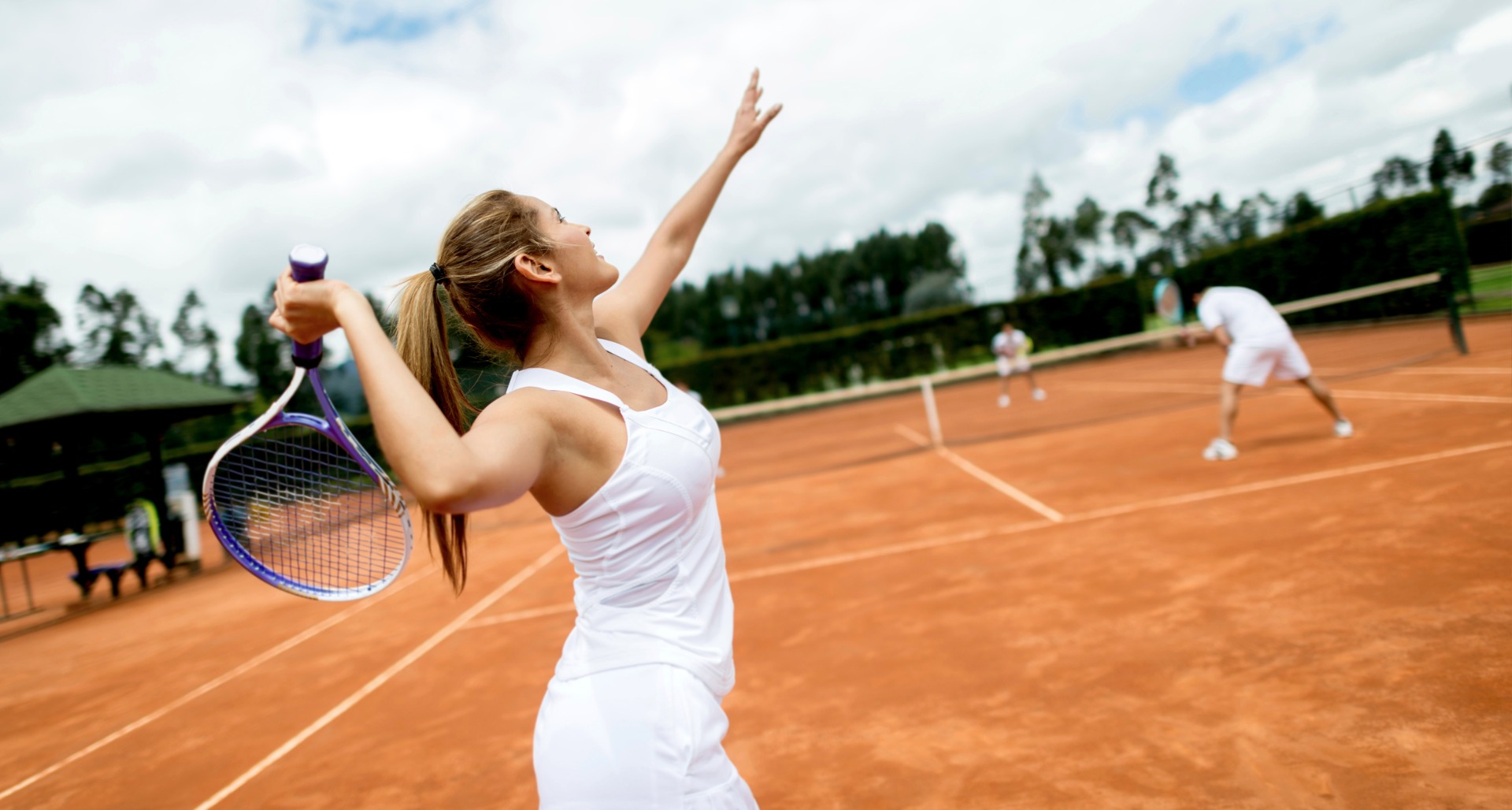
TENNIS SCHOOL
Programs for kids and adults. Group and individual lessons.
What we offer
Thinking About Sensible lose weight and burn fat Systems
Last month I had the fortune to join over 1,900 leaders from 90 nations at the World Economic Forum's Annual Meeting in Tianjin, China, to discuss how innovation can enhance the state of the world.
Throughout a huge selection of private meetings, workshops, panels and social gatherings, we analyzed how to deal with climate change, the best way to invest in public infrastructure, how to better control financial services, and heaps of other pressing topics. In addressing these issues, everyone -- independent of nationality or discipline - brought to the table our most precious asset: the Human Brain that was astonishing.
During arousing and captivating sessions we investigated the new frontiers in neuroscience. A notable focus was around emerging neurotechnologies, including those enabled by the White House BRAIN Initiative, can help find and record brain activity in unprecedented detail and, therefore, revolutionize our understanding of the mind as well as the brain.
In parallel, high-ranking government officials and health experts convened to brainstorm about how exactly to "optimize healthy life years." The conversation revolved around physical well-being and promoting positive lifestyles, but was largely silent on the issues of cognitive or emotional well-being. The brain, that essential asset everyone has to learn, problem-solve and make good-choices, as well as the associated cognitive neurosciences where so much progress has occurred over the past two decades, are still largely absent from the health agenda.
What if brain research that is present and non-invasive neurotechnologies could be applied to improve public health and well being? How can we begin building bridges that are better from existing science and the technologies towards wards that are handling real-world health challenges we are facing?
Good news is that the transformation is underway, albeit beneath the radar. As William Gibson eloquently said, "The future is already here -- it's simply not very evenly spread." Individuals and institutions globally are expected to spend over $1.3 billion in 2014 in internet-based, mobile and biometrics-based alternatives to assess and enhance brain function. Growth fueled by emerging mobile, is poised to continue and noninvasive neurotechnologies, and by patient and consumer demands for self-powered, proactive brain care. For example, 83% of studied early-adopters consent that "adults of ages should take charge in their very own brain fitness, without waiting for his or her doctors to let them know to" and "would personally take a brief appraisal each year as an annual mental check up."
These are 10 priorities to think about, if we want to boost well-being & wellness based about the most recent neuroscience and noninvasive neurotechnology:
1. Update regulatory frameworks to facilitate safe adoption of consumer-facing neurotechnologies. Start-up Thync just raised $13 million to market transcranial stimulation in 2015, helping users "change their frame of mind." That's not a medical claim per se...but does the technology have to be controlled as a medical device?
2.Invest more research dollars to fine tune brain stimulation techniques, including transcranial magnetic stimulation, to enable truly personalized medicine.
3. Embrace big data research models, such as the recently-announced UCSF Brain Health Registry, to leapfrog the present clinical trial model that was small and move us closer towards providing personalized, incorporated brain care.
4. This really is what the Research Domain Criteria framework, set forth from the National Institute of Mental Health, is beginning to do.
5. Coopt pervasive actions, for example playing videogames...but in a sense that ensures they have a beneficial effect, such as with cognitive training games specifically designed to prolong cognitive vitality as we age
6.Surveil the negative emotional and cognitive side effects from a number of clinical interventions, to ensure unintentional effects from your cure aren't more afflictive than the treated individual's initial state.
7.And, last but definitely not least, promote bilingual instruction and physical exercise in our schools, and reduce drop out rates. Improving and enriching our schools is probably the most powerful societal intervention (and the first non invasive neurotechnology) to develop lifelong brain reserve and postponement issues brought by cognitive aging and dementia.
If we want every citizen to adopt more favorable lifestyles, particularly as we face longer and more demanding lives, it is imperative that we better empower and equip ourselves with the right cognitive and emotional resources and tools. Initiatives such as for example those above are a significant beginning treat and to view the human brain as an asset to actually optimize years of purposeful, functional, бързо отслабване and healthy living, and to get in across the whole human lifespan.
Let's strengthen existing bridges -- and assemble needed new ones -- to improve our collective well-being and well being.